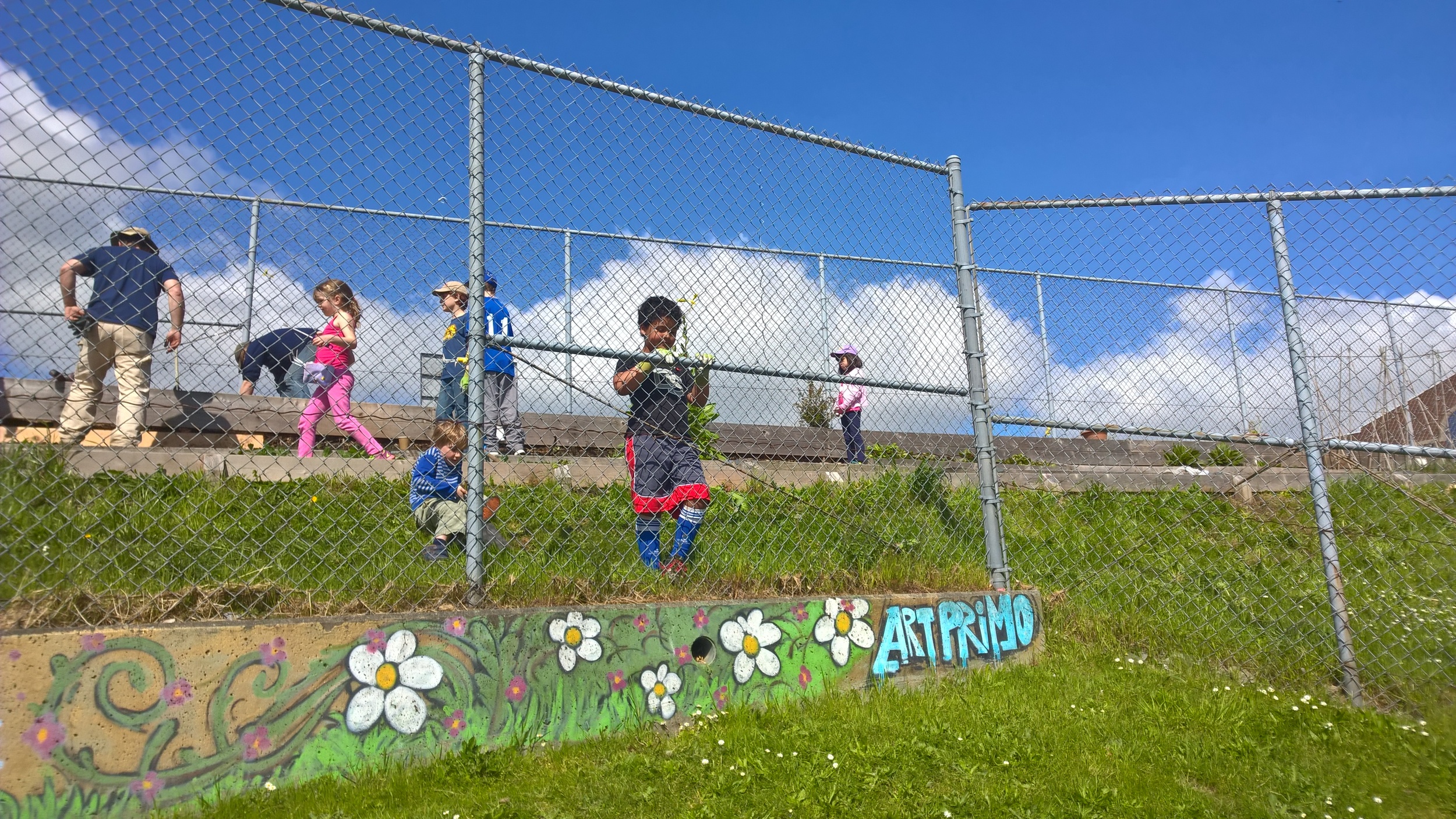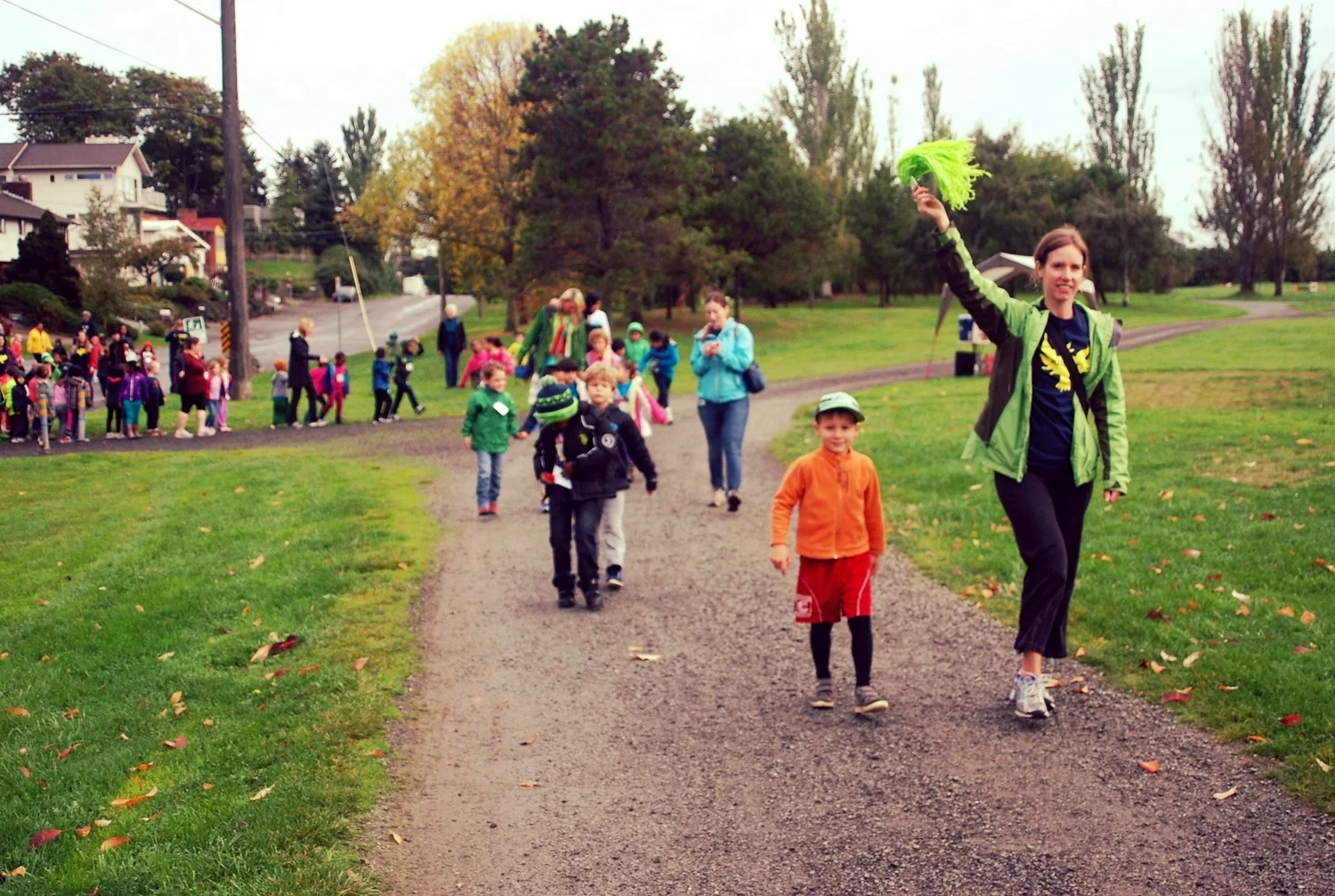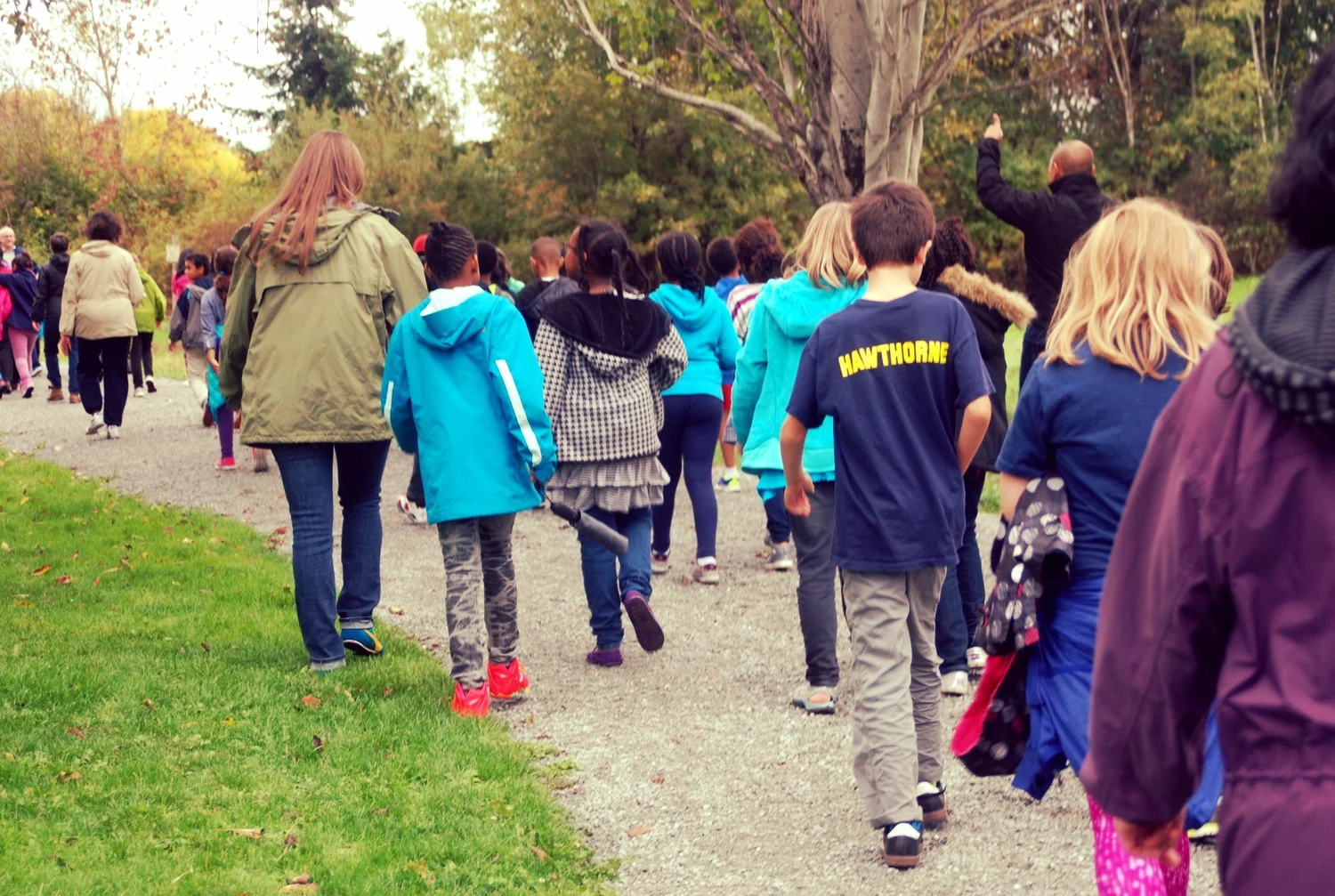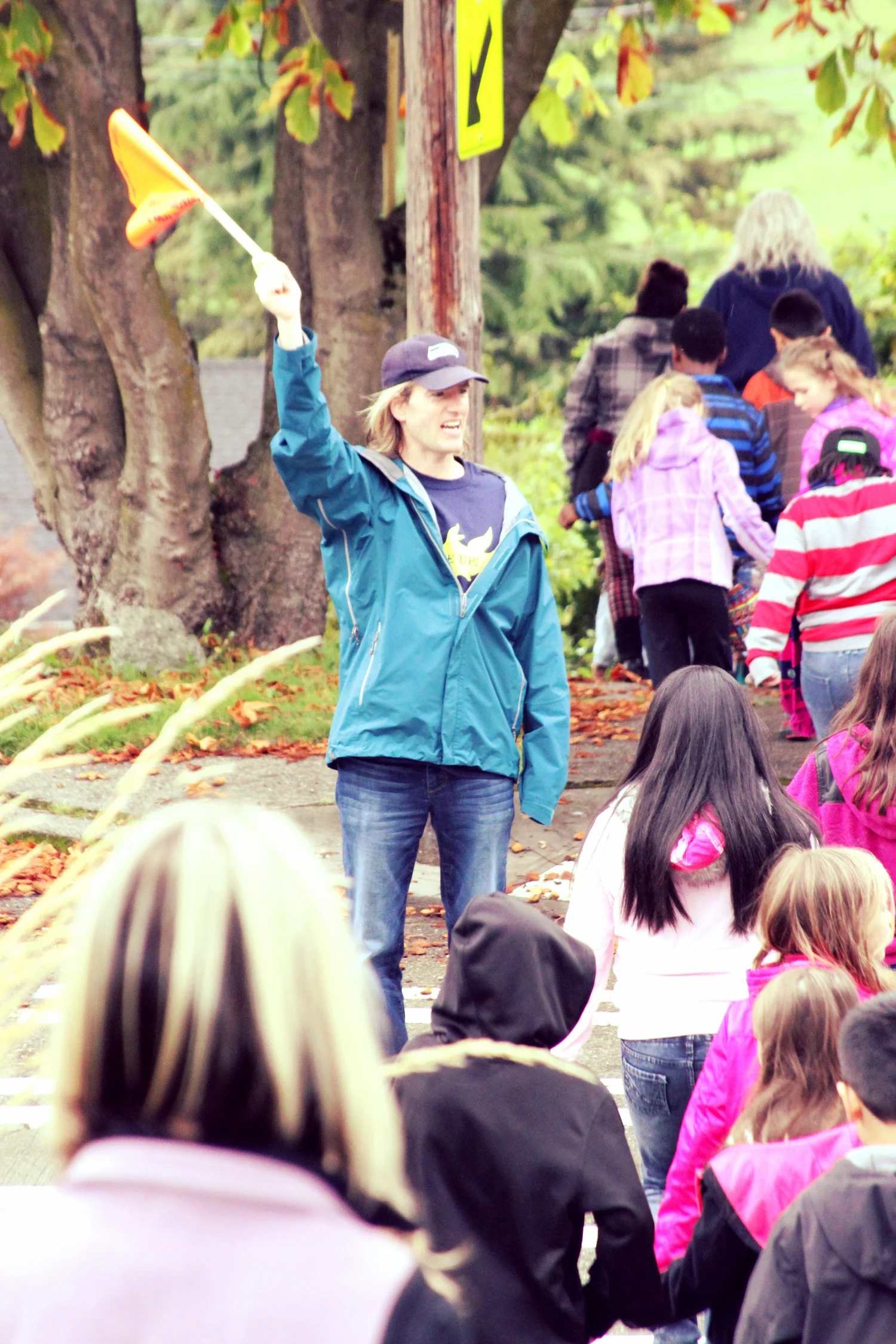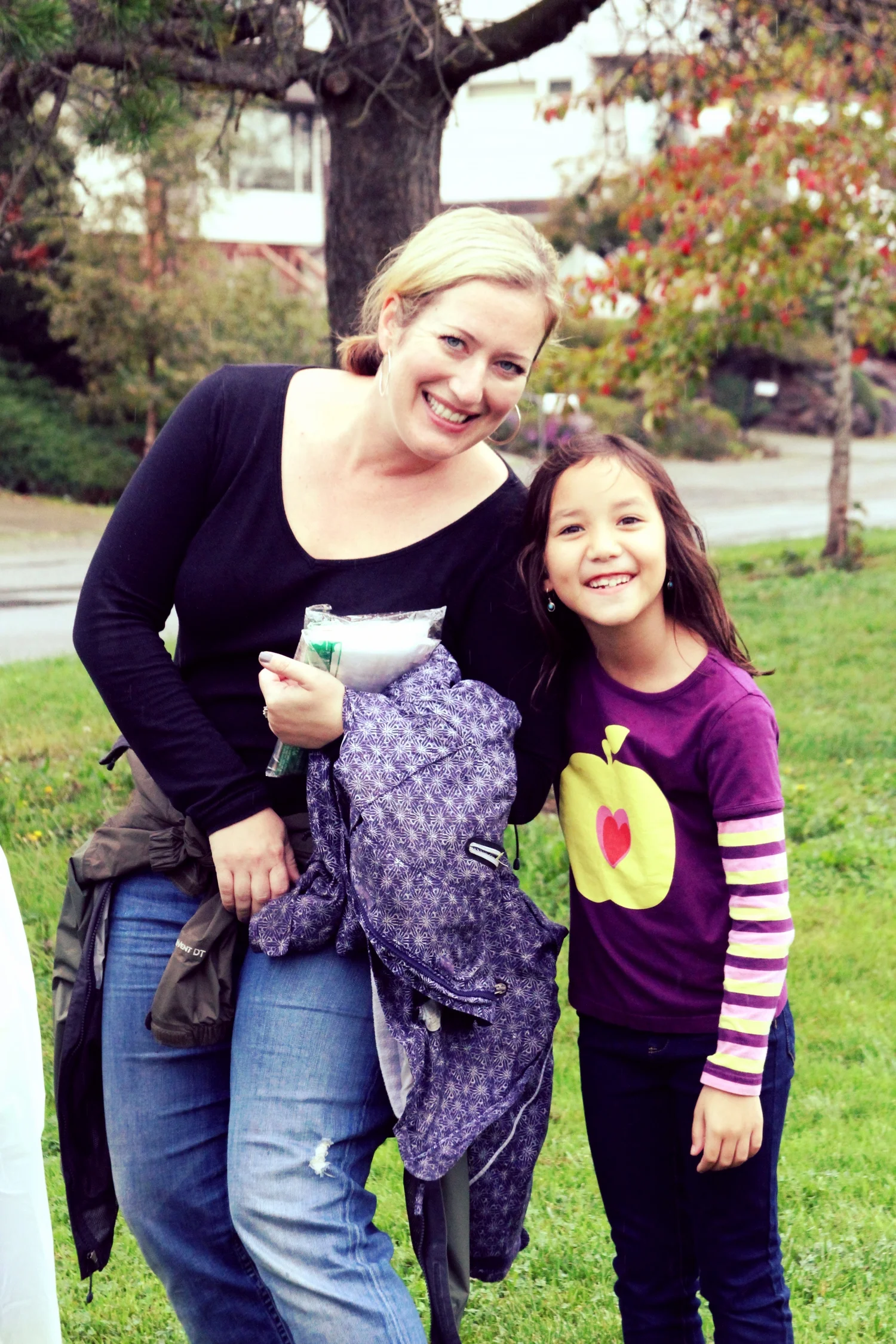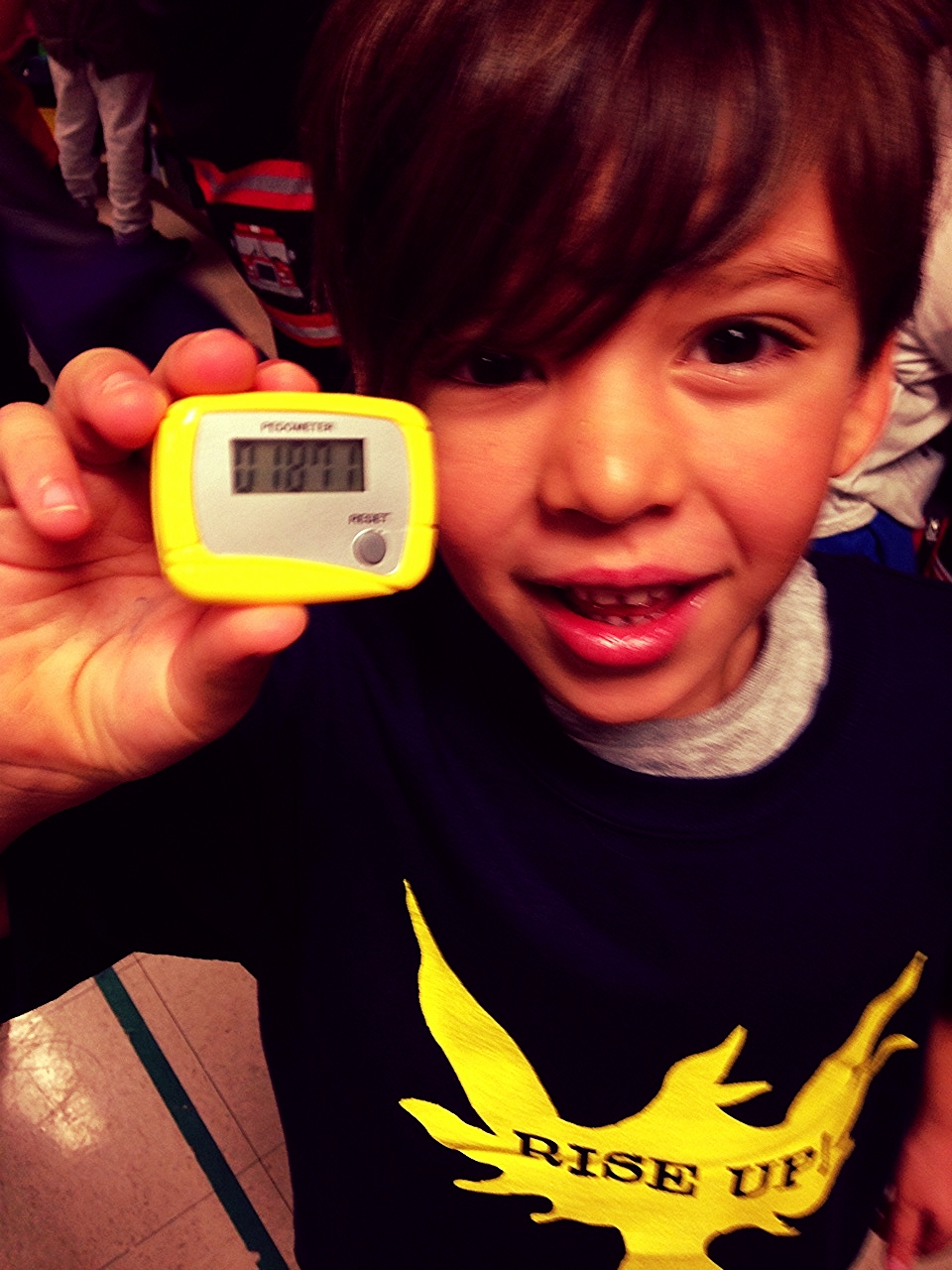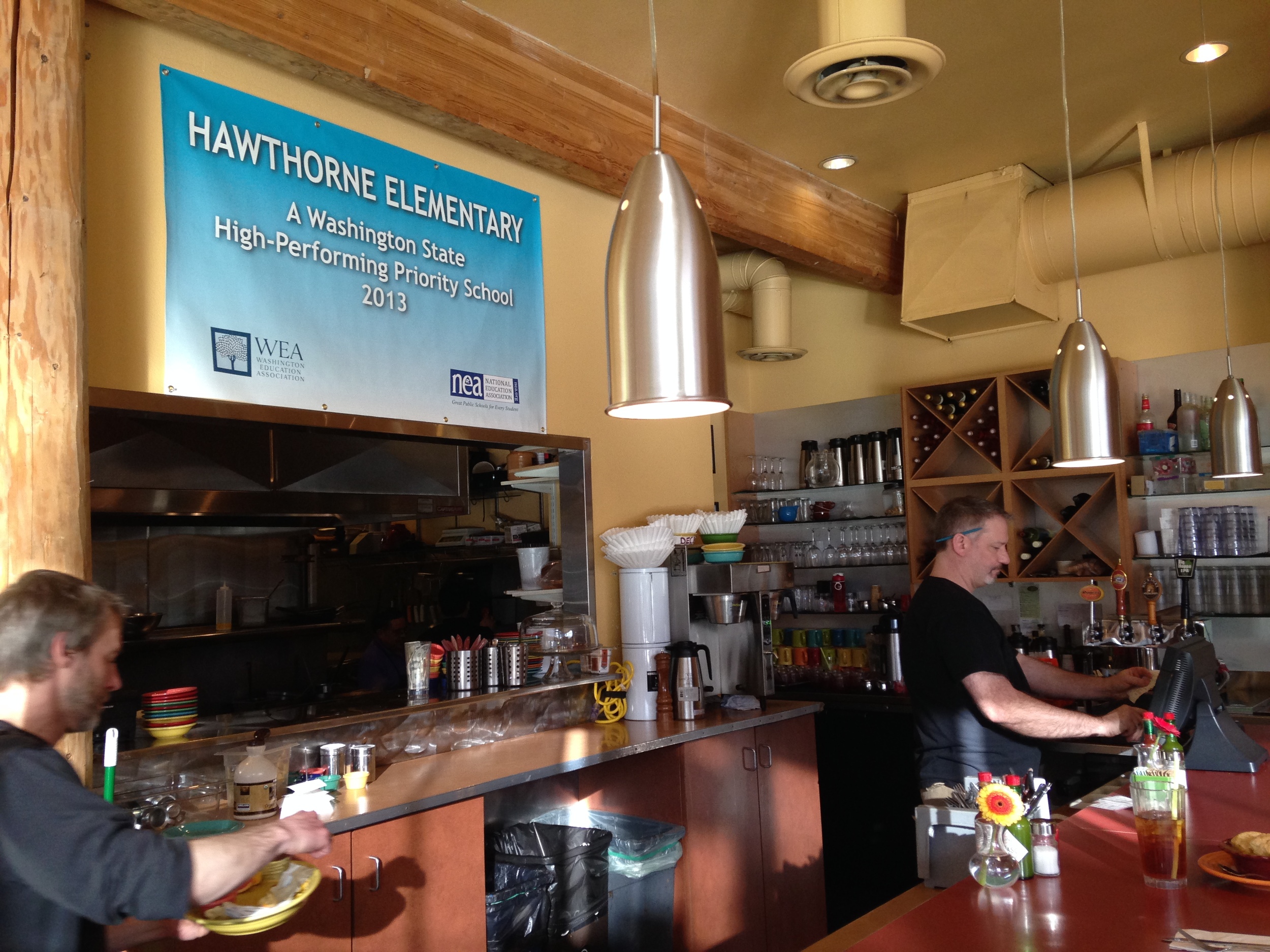Metro-The Boston Globe by James Vaznis on October 21, 2012
SEATTLE — In the three years since this city returned to neighborhood schools, a small but growing group of parents who live on a rugged hillside of both wealth and poverty has been trying to persuade skeptical neighbors to give the local Hawthorne Elementary School a chance.
They have hosted cocktail parties and play dates to share their children’s successes there, raised tens of thousands of dollars for the school, and have circulated a fact-sheet to counter worries about low test scores and vague concerns about safety, proclaiming “Hawthorne Elementary is on the rise,” and inviting parents in for a private tour.
They have won over some parents, but many others snub the neighborhood school, even though their children are guaranteed seats.
“Sometimes we have to keep proving to people this is a good school,” said Jen Ayers, who lives across the street from the Hawthorne, noting her son, a first-grader, is thriving there. “He is happy and he loves coming to school. That’s what most parents want for their kids. We’re doing something right here.”
The eagerness of these middle-class families to embrace their neighborhood school is exactly what Seattle officials were counting on three years ago when they stopped providing parents with a broad choice of schools and assigned children to a specific school in their neighborhood.
As Boston contemplates changing its 23-year-old student-assignment system so more students can attend schools closer to their homes, Seattle shows the possibilities and the pitfalls of untangling schools from complicated citywide assignment systems and returning the buildings to their neighborhoods and the families who reside there.
As in Boston, Seattle’s old student-assignment system was rooted in efforts to racially balance its schools. And as in Boston that system was often unpopular with many families, who would have to rank their choices of schools, submit them to the school district, and then wait on edge to see whether the school district, using a series of tie breakers, gave them their top pick.
The decision for Seattle to return to neighborhoods schools was not an easy one, and the move spurred debate about whether it was abandoning its long and tumultuous commitment to desegregating its schools.
Seattle, facing legal action, became one of the first major cities in the nation to voluntarily desegregate its schools through mandatory busing in 1978, four years after court-ordered desegregation polarized Boston.
More recently, Seattle went to the US Supreme Court and defended using a student’s race as a tie breaker in determining high school placements. But the court struck down the practice in 2007, setting off confusion among school districts nationwide about the role of race in school assignments.
The case prompted Seattle to explore a return to neighborhood schools, and now after decades of cross-city busing school officials see neighborhoods as powerful forces in helping to turn around struggling schools by galvanizing residents, businesses, and community organizers to pitch in out of a sense of civic responsibility.
Officials also believe neighborhood schools are reducing the flight of middle-class families to the suburbs by letting them know which school their child could attend rather than leaving it to a mystifying process that left many families disappointed.
Across the city, enrollment is rising, and school officials are putting together a $675 million capital levy plan to alleviate crowding.
“There is general agreement that having predictability in our student assignment system has given parents more confidence about staying in Seattle,” said Michael DeBell, the School Board chairman, noting fewer families are moving out of the city. “The new assignment plan has created opportunities for school transformation that wasn’t there before.”
Seattle officials did not completely abandon school choice, recognizing that some parents would not be happy with their neighborhood schools. In the new system, they created 13 theme-based schools, like one that teaches Mandarin, that are open to families citywide and they let families apply to neighborhood schools outside their area if seats are available.
The transition has had its bumps. The biggest failure to date has been Rainier Beach High School, an academically struggling neighborhood school that could accommodate 1,500 students, but in June had only about 350.
Seattle is among a growing number of cities nationwide that have returned to neighborhood schools after decades of busing students across their cities, a practice adopted to integrate schools.
A variety of reasons are fueling the movement. Most notably, soaring gas prices have compelled school districts to shorten bus routes, and a series of federal court rulings has created confusion for school districts about whether they can use race as a factor in assigning students to schools.
But the movement has spawned immense opposition from civil rights activists, who say that it has resegregated many schools nationwide.
“It’s perfectly evident when you have neighborhood schools white families and middle-class families end up with high-performing schools and families in poor neighborhoods are left with inferior schools,” said Gary Orfield, co-director of the Civil Rights Project at the University of California Los Angeles. “We know that teachers with experience and choices leave impoverished neighborhood schools.”
For more than a decade, Boston has tried moving back to neighborhood schools or something akin to it. But every attempt to dismantle the current system — enacted in 1989 to comply with court-ordered desegregation — has failed, even after Boston stopped using race as a factor in school assignments in 2000.
The sticking point in Boston has been an outcry about a lack of quality schools, particularly in the poorest areas, where many students of color live.
That concern resurfaced last month, after the School Department released five proposals that would allow more students to attend schools closer to their homes, but would also limit the number of choices. A Harvard University professor found that as choices decreased under each proposal, inequity grew across the system.
Currently, the School Department divides the city into three sprawling geographic zones, each providing parents with about two dozen schools from which to choose. One proposal for change would simply assign students to the closest school to their home with available seats, while the others would create six, nine, 11 or 23 assignment zones.
In an effort to boost quality, the proposals call for overhauling 21 low-achieving schools. The Boston School Committee is expected to vote on a new student-assignment map this winter.
Seattle officials also confronted concerns that the city’s lowest-achieving schools were concentrated in poorer parts of the city where many families of color live.
But officials also believed poor families were not well served by Seattle’s former citywide system. The most-educated and informed parents knew how to work the process and get into the best-achieving schools, while families less familiar with the process ended up with the least-chosen schools, which tended to have the worst academic records.
One of the biggest public debates revolved around whether students currently enrolled in their schools could remain there under a new assignment system — an issue Boston is now facing. Seattle officials let the students stay and provided busing.
So far, Seattle has not experienced a dramatic shift in school demographics, although the Seattle Times reported in August that six schools have seen an increase in white students and three have moved closer to the school district’s racial mix.
“The city is less segregated than it was in the 1960s,” DeBell said.
Nestled amid the bungalows in a middle-class neighborhood of mostly white families in the western part of Seattle, Schmitz Park Elementary School is one of the city’s highest-performing schools. Nearly 90 percent of third-graders last year met standards for reading on state exams, and 82 percent did in math — notably higher than the school district averages.
Many families in the neighborhood feel like they hit the jackpot with the return to neighborhood schools, and enrollment has risen so swiftly the school has run out of space.
On a sunny June morning, Principal Gerrit Kischner stepped outside his building and walked to the back of the school yard to finish a school tour. There, eight modular classrooms were set up to house the third grade, fourth grade, special education, music classes, and even an assistant principal’s office. The area has been dubbed “portable village.”
The school also had two other portable classrooms for fifth-graders on another part of the school grounds.
“Every time we think we are having a bubble [in enrollment] it doesn’t pan out that way,” said Kischner, noting that each year brings a larger class of kindergarten students.
Indeed, this fall the school added two more portable classrooms, as enrollment hit 540 students — almost 200 students more than the 2009-10 school year, the last year before the switch to neighborhood schools.
That rapid growth has spurred plans for construction of a new and much larger school, which should be ready by 2015, pending voter approval.
Some parents say the switch to neighborhood schools has persuaded families to stay in the area because their children can go to the same school, like they do in the suburbs.
“We use to have kids [in the neighborhood] going to four or five different schools,” said Karen Kasameyer, of Schmitz Park. “Parents would get into their cars and go in four or five different directions.”
Other factors, such as a weak housing market, also are behind the enrollment increase. School officials say that enrollments across the city began rising in 2008, as the nation’s economy nosedived — reversing a troubling decline in enrollments that caused some school closures.
“Young families use to live in the city and move to the suburbs when their kids reached school age, but now can’t afford a house in the suburbs or can’t sell their house in the city,” Kischner said. “I think that’s a good thing. We didn’t expect that.”
In southeastern Seattle, where many of the city’s lowest-performing schools are clustered, families could have easily thought they got the short end of the stick.
The Hawthorne, for instance, a few years ago was designated among the lowest-performing schools in the state.
But some parents saw a lucrative opportunity in the designation — enabling the school to receive a $1.5 million US grant to extend its school year, expand its arts offerings, and bolster teacher training. The parents note that the school’s test scores are going up.
The parents also like that the school is rich with diversity. More than half of the students are black, a third are Asian or Pacific Islander, 15 percent are Hispanic, and 8 percent are white. “They are getting so much more by coming here,” said Kristin Mehus-Roe, a parent. “They are getting an education of the world.”
James Vaznis can be reached at jvaznis@globe.com. Follow him on Twitter @GlobeVaznis.
The Boston Globe |by James Vaznis on October 21, 2012

















